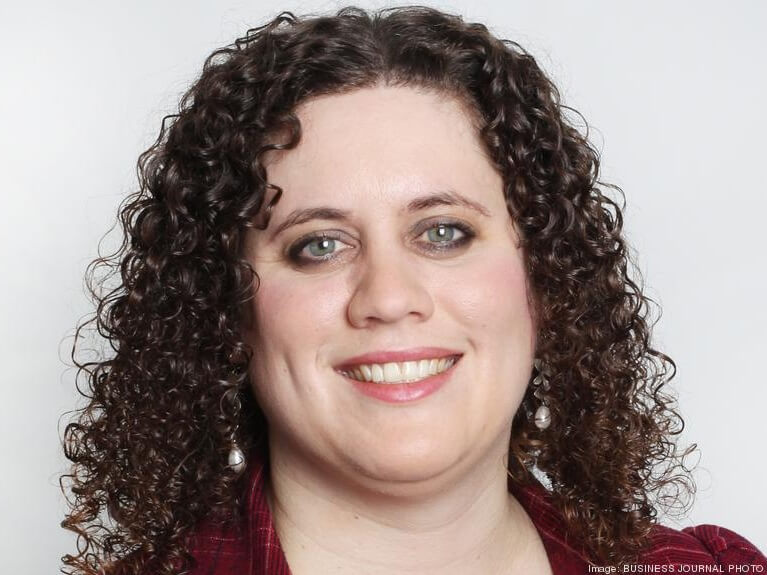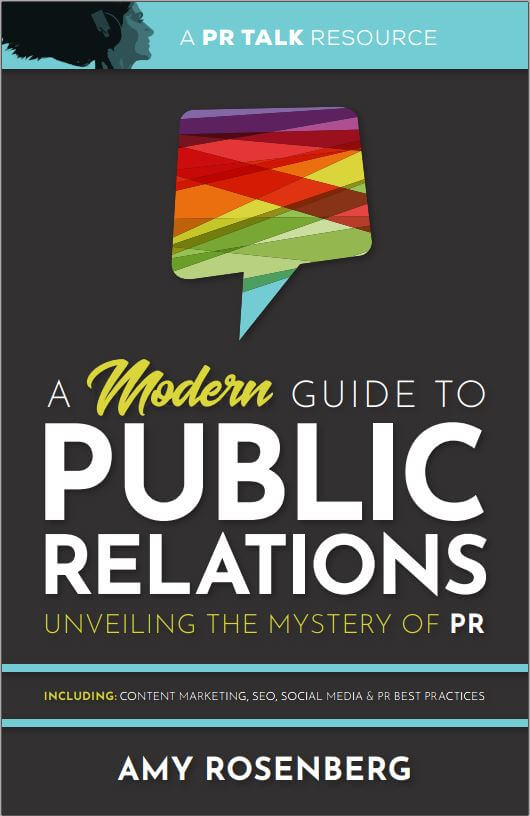Q & A with Puget Sound Business Journal Editor in Chief, Emily Parkhurst
I stopped by the Puget Sound Business Journal on a very busy day. It was production day, which meant that the Business Journal staff was immersed in laying out the publication for print, running each page by Editor in Chief, Emily Parkhurst. Even though she’d already edited each of the stories, getting them print-ready is a different story.
“The buck stops here,” she says of her role at the Puget Sound area’s venerable business publication. Not only is she responsible for editing all of the stories the paper puts out — including the digital newsletters and everything that makes it into the print edition — the entire editorial staff reports to her. As we learn more about how the paper works, we gain more insight into Emily’s role at the Puget Sound Business Journal.
Do you assign stories to reporters?
For the most part, Emily relies on her reporters to understand the fields they’ve been assigned — otherwise known as their beat. “We want them to be the experts in town. They know everyone in the space, why it matters to the greater business community and why its news,” she says. Most of the stories have been sourced by the reporters “beating down their beats.” This is partially accomplished by keeping the assigned beats to a manageable two, allowing the reporters to go into more depth.
Five full-time reporters split the following beats:
- Aerospace and manufacturing, Andrew McIntosh
- Technology and finance, Ashley Stewart
- Technology and biotechnology, Casey Coombs
- Healthcare and retail, Coral Garnick
- Real estate, Marc Stiles
Can PR people pitch you?
Emily’s answer to this question is mixed. It seems that PR people should put their courteous research hats on, finding out what the paper covers and who’s writing about what. While she’s happy to forward your pitch to the appropriate reporter, know that Emily had a staggering 25,000 unread emails waiting for her when we met, so ideally you’ll leave her off the communications.
If you’ve done your research and are still unclear about whom to send your pitch to, Emily considers it her job to point you in the right direction. She’s also more likely to answer your email if she already has a relationship with you or your story is sensitive.
Speaking of pitches, what are your PR pet peeves?
- Sending everyone in the newsroom the same pitch. This results in the reporter (whom you should have sent it to directly) getting the email forwarded to them “a hundred times” by the newsroom. According to Emily, this is lazy PR. I point out that it might just be plain rude.
- Sending multiple reminders to your pitches. “If I haven’t answered you, I’m sure that I don’t want [your pitch] and it might mean you’re pitching the wrong person,” she says.
- PR people who cannot pronounce city and county names in their coverage zone. Emily hints that she has caller ID and is less likely to pick up the phone when an unfamiliar area code “bombs” her phone.
What makes you open a PR pitch?
- Emily says that she’ll open emails from people she knows. “The people that won’t pitch her crap,” she says in reference to a Seattle area PR person she’s worked with for a long time, Mark Peterson, who understands her paper and takes the time to pitch ideas they can use, like standing features.
- Standing features. These sections are always included in the paper, like the Innovator of the Month section. Emily would consider it highly helpful if people sent ideas that could be used for the standing features.
- Don’t send press releases. According to Emily, when a press release comes across her desk, “that’s when the story died.” Instead of sending a press release, consider the next tip.
- Breaking news. Always striving to be first to go to press with a story, the Business Journal values breaking news. Emily understands that you can’t keep the other news outlets from reporting on the story, but let the Business Journals run it first. Don’t waste time with the press release, just give them a heads up under an embargo, allowing them enough time to present the most balanced, fair and thorough report while you spin your wheels with the press release for the other outlets, releasing it AFTER the Business Journal has published.
- Important note: Of course you’ll need an expressed “yes” from the media outlet you’re offering the first crack to. You’ll also want to get approval on this strategy from your boss or client before launching. Possibly save the email approving this strategy in your legal file for a while.
- One second. That’s all you have to grab a reporter’s attention. Send everything they might need to know within two sentences or less, this includes the subject line within the email. Make sure the location is appropriate to their coverage area and include it in the subject line or first sentence. And for goodness sake, use the reporter’s name — do not copy and paste “Dear Reporter” nor utilize a mail merge.
What geographic area does the Puget Sound entail?
“We frequently have to define this,” Emily says, making me feel better about asking this ignorant question. Four counties make up the Puget Sound area:
- King County, where Seattle is located.
- Snohomish County, where Everett is located.
- Pierce County, where Tacoma is located.
- Kitsap County, where Bremerton is located.
While business happenings in Seattle and Bellevue tend to capture the most coverage, Emily says that they’ll cover stories all over the area, just tell them the town your news is based out of.
If your pitch can help answer the following conundrums, you’re in good shape; “We’re interested in covering Seattle and Puget Sound companies. Why they grow, why they don’t grow.”
About the guest: Emily Parkhurst
Emily Parkhurst is the Editor in Chief of the Puget Sound Business Journal. Prior to being named editor in chief, she was first a technology reporter, then digital marketing editor and then managing editor at the publication. She is also a national award-winning journalist, including the Society of Professional Journalists’ Sigma Delta Chi award for a series on therapeutic restraint of schoolchildren.
Connect and follow Emily on social media:
This episode of PR Talk is brought to you by PRSA Oregon
Throughout Oregon and Southwest Washington, PRSA provides members with networking, mentorship, skill building and professional development opportunities – whether you are a new professional fresh out of college or a skilled expert with 20 years in the industry. Check out PRSAoregon.org for more information on how membership can help you grow and connect.
PR Talk is sponsored by monday
In such a fast-paced, multi-faceted work environment, it can be tough to stay on top of everything. monday is the collaboration tool trusted by businesses of all kinds to help cut down the clutter and streamline productivity. Learn more at monday.com and signup for a free trial. You’ll see in no time why so many teams around the world are choosing monday for their project management needs.
PR Talk listeners can use the coupon code BetterExecute for a 15% discount.












